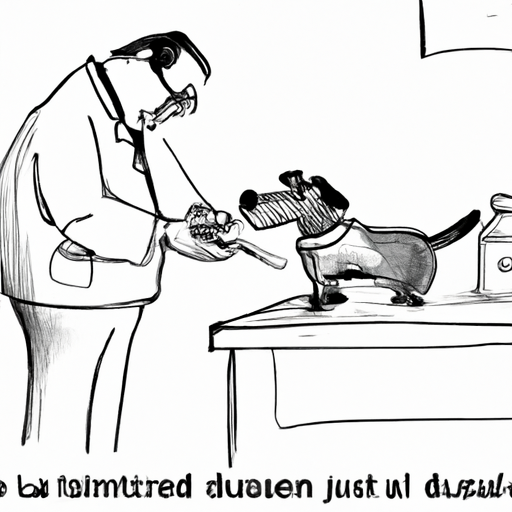Introduction
When it comes to your furry friend’s health, you’re their primary caregiver. You’re the one they rely on to keep them healthy, happy, and in prime tail-wagging condition. This responsibility becomes even more critical when they’re diagnosed with diabetes. Suddenly, you’re not just responsible for their walks and meals, but now their insulin shots too. It’s a daunting task, but don’t worry – you’ve got this. In this guide, we’ll walk you through where and how to give your dog insulin shots.
H2: Understanding Canine Diabetes
Before we delve into the nitty-gritty of insulin shots, it’s crucial you understand what diabetes is and why insulin is needed. Just like in humans, diabetes in dogs occurs when the body can’t produce or properly use insulin, a hormone that regulates blood sugar. If left untreated, high blood sugar levels can lead to severe health issues.
- Type 1 diabetes: This is where the body can’t produce insulin. Dogs with this type of diabetes will require insulin injections for the rest of their lives.
- Type 2 diabetes: This is where the body produces insulin but can’t use it effectively. This type is rare in dogs and is usually managed with diet and exercise.
H2: Preparing for the Insulin Shot
Before you go on to administer the insulin shot, there are a few things you need to prepare:
- The insulin: Insulin should be stored in the refrigerator but let it sit at room temperature for a few minutes before administering. Always check the insulin for any discoloration or clumps.
- The syringe: Use a new, sterile syringe for each injection.
- The injection site: The site needs to be clean and free from dirt or debris.
H2: Where to Give the Insulin Shot
When injecting insulin, you want to aim for the subcutaneous tissue, which is the fatty layer right below your dog’s skin. Here are the most common sites:
| Site | Pros | Cons |
|---|---|---|
| Back of the neck | Easily accessible, lots of subcutaneous tissue | Can be sensitive for some dogs |
| Flanks (side of the body) | Less sensitive, easy to pinch the skin | May be harder for larger dogs |
| Thighs | Good for larger dogs, lots of subcutaneous tissue | Can be sensitive, harder to access |
Remember, rotate the injection sites to prevent any one area from getting sore.
H2: Administering the Insulin Shot
Now that you’re prepared, it’s time to give the insulin shot. Here are the steps:
- Draw the insulin into the syringe.
- Hold your dog gently but firmly.
- Pinch a fold of skin at the injection site.
- Insert the needle at a 45-degree angle under the skin.
- Push the plunger to deliver the insulin.
- Remove the needle and praise your dog. A treat might be in order!
FAQs
Q: How often should I give my dog insulin shots?
A: This depends on your vet’s advice, but most dogs require insulin shots once or twice a day.
Q: Can I reuse syringes?
A: No, each syringe should be used once to avoid contamination.
Q: What should I do if my dog resists the shots?
A: It’s normal for dogs to be anxious. Try to calm them down with soothing words and petting. If they continue to resist, consult your vet for advice.
Remember, your dog is counting on you. With practice and patience, you’ll soon be a pro at giving insulin shots, helping your furry friend live a happy, healthy life despite diabetes.



